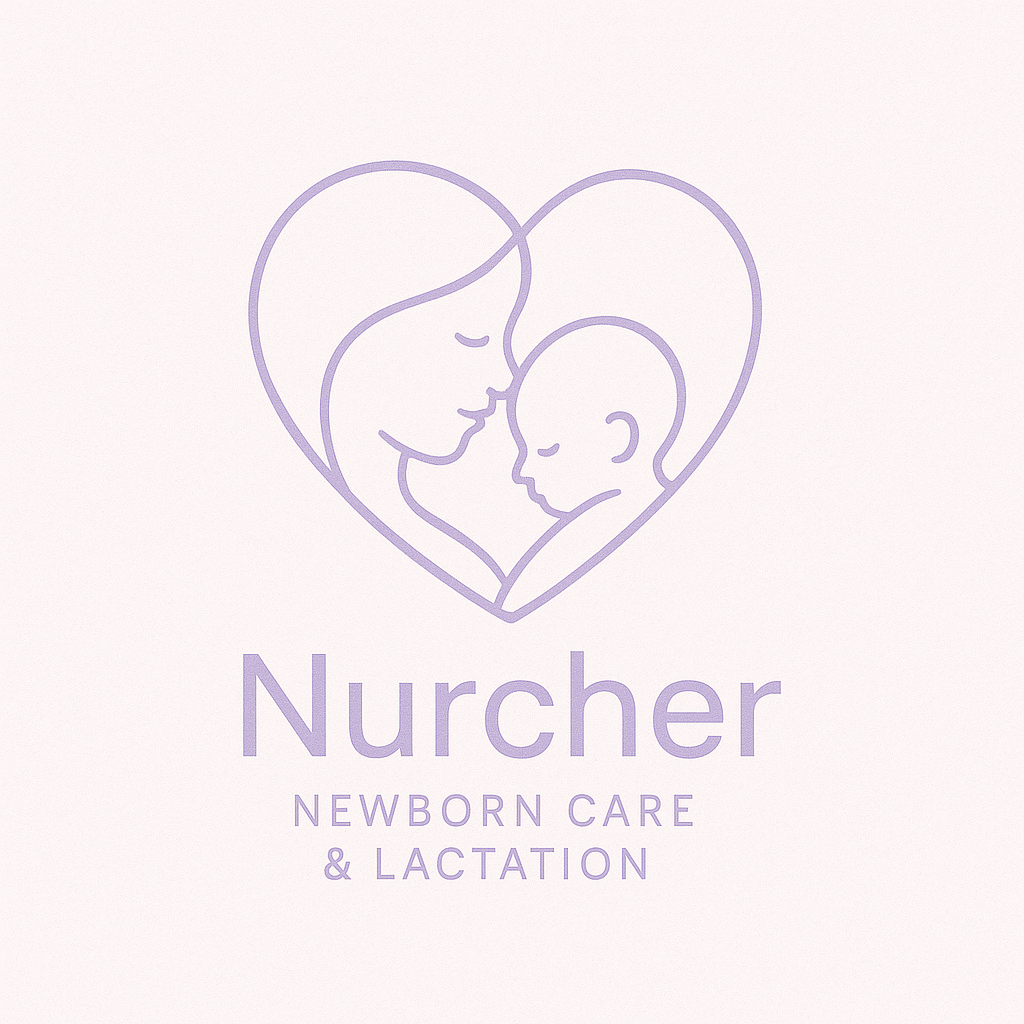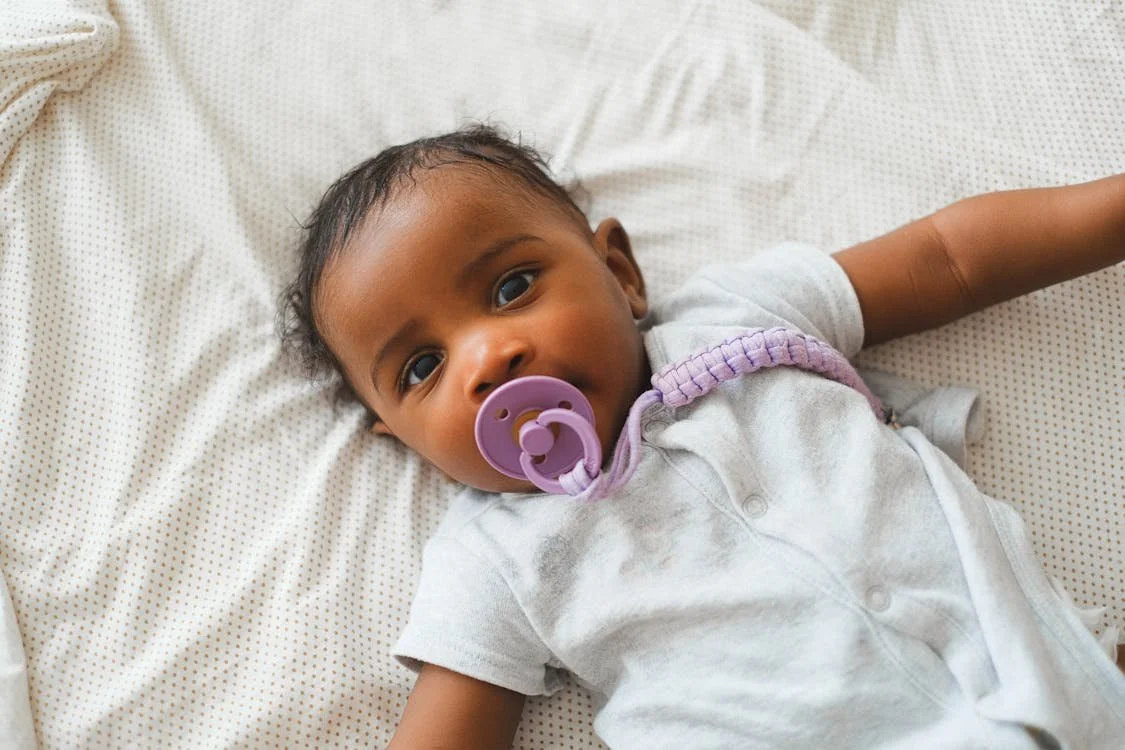The Truth About Pacifiers: What Parents Should Know (Without the Guilt)
Bringing home a newborn means you're about to become the proud owner of many decisions you never thought you'd care so much about—like swaddles, bottle nipples... and yes, pacifiers.
Pacifiers tend to spark big feelings in the parenting world. Some swear by them for sweet relief and calm; others worry they might ruin breastfeeding or create a tiny human who will never give them up (hello, toddler with a paci in wedding photos). Like most things in the newborn phase, the truth about pacifiers is somewhere gently in the middle.
Let’s explore the real risks, benefits, and recommendations around pacifiers—so you can make the right choice for your baby without guilt.
The Benefits of Pacifiers (Yes, There Are Real Perks!)
Reduced Risk of SIDS (Sudden Infant Death Syndrome)
Here’s the big one: The American Academy of Pediatrics (AAP) recommends offering a pacifier at naptime and bedtime because research shows it may reduce the risk of SIDS. The exact reason isn't fully clear but theories include that sucking on a pacifier might help keep the airway open or prevent babies from falling into an overly deep sleep.Soothing and Comfort
Babies have a natural sucking reflex. It's calming, it helps regulate their breathing and heart rate, and sometimes... it just makes the world feel less overwhelming. For babies who love it, a pacifier can bring great comfort.Helps with Sleep
A pacifier can help some babies fall asleep or stay asleep without needing to nurse or bottle feed for comfort alone. And no, offering a pacifier for sleep does not mean your baby won’t sleep without it forever (even if it feels that way at 3 a.m.).May Satisfy Non-Nutritive Sucking Needs
Some babies have a strong need to suck even when they aren’t hungry. A pacifier can meet this need without adding extra feeds they don’t actually require.
The Risks (and How to Minimize Them)
Possible Impact on Breastfeeding (Especially in the First Weeks)
The AAP recommends waiting to introduce a pacifier until breastfeeding is well established—usually around 3 to 4 weeks—if you’re exclusively breastfeeding. This allows your baby to get the hang of latching and nursing before introducing something else to suck on.But here's the gentle truth: Not every baby gets "nipple confusion," and some families introduce pacifiers earlier without issues. Every baby and every feeding journey is unique. If you’re unsure, check in with your lactation consultant or pediatrician.
Ear Infections (in Older Babies)
Pacifier use past 6 months of age may slightly increase the risk of middle ear infections. It’s one reason some providers suggest weaning off the paci in the second half of the first year, especially if your little one has frequent ear troubles.Dental Concerns (Long-Term Use)
Pacifier use into toddlerhood and beyond could lead to dental problems like misaligned teeth. But occasional paci use in infancy? Very unlikely to cause an issue. Dentists typically recommend stopping by age 2-3 to prevent lasting effects.
AAP Recommendations at a Glance
Breastfeeding families: Wait until breastfeeding is going smoothly—about 3 to 4 weeks—before introducing.
Offer at naps and bedtime: This is when pacifiers show the most protective effect against SIDS.
Don't force it: If your baby doesn’t want a pacifier, that’s okay! Not every baby finds them comforting.
Keep it clean: Wash pacifiers often and replace worn ones to reduce germs.
No strings or clips around the neck: For safety, only use pacifier clips that attach to clothing—not strings or cords around baby’s neck.
A Personal Note from Me to You
I’ll be honest—my NICU background has absolutely made me pro-pacifier. I’ve seen firsthand how comforting and helpful they can be for babies, especially in those early days when they are adjusting to the big, bright world outside the womb.
When my own daughter was born, I actually brought my own pacifiers to the hospital because I knew I wanted her to have one right away! For us, it didn’t negatively impact our breastfeeding journey at all. While our journey was just that, a journey, I don’t think that her having a pacifier played a negative role in it. I might even go so far as to say that I think it actually helped us. It was helpful to have the pacifier was simply one more tool in our soothing toolbox so I didn’t feel so overwhelmed with her getting fussy. I think it may have been soothing for both her and I!
But here’s the thing: that was our experience. I fully recognize this may not feel right—or work the same way—for every family. And that’s perfectly okay. I completely respect each parent’s choice to do what feels best for their baby, their feeding goals, and their own peace of mind.
There is no one “right” answer here—only what’s right for you and your little one.
A Few Notes for Parents
You are not doomed to forever pop the paci back in at 2 a.m. (Even if it feels like it now.)
Some babies adore pacifiers. Others act like you’ve offered them a lemon. Both reactions are normal.
If you choose to skip pacifiers entirely, your baby will find other ways to soothe—like fingers, cuddles, or the ever-reliable snuggle with you.
There is no trophy for doing pacifiers "perfectly." This isn’t a test. You’re allowed to do what works for your family. As our pediatrician said at one of our very first appointments, there are no gold stars in parenting.
The Bottom Line
Pacifiers are a tool—not a must, not a mistake. Like all things in early parenting, the key is balance, awareness, and doing what feels right for your baby and family. There are real benefits—especially the protective effect against SIDS—and a few gentle cautions to keep in mind.
So if you decide to reach for that pacifier (or stash a dozen in every room), you’re not “giving in”—you’re giving your baby comfort. And if you skip the pacifier entirely? That’s perfectly fine too. You aren’t depriving them of comfort. You’re the parent. You get to choose what works best for you, your baby, and your family!


